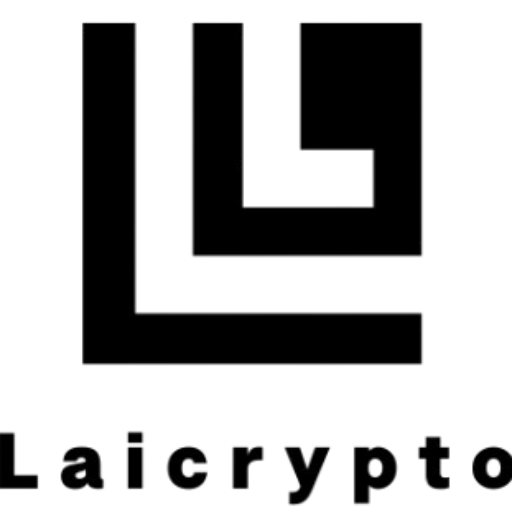Author: Michael Johnson
We would like to congratulate the Ethereum community on a successfully completed hard fork. Block 1920000 contained the execution of an irregular state change which transferred ~12 million ETH from the “Dark DAO” and “Whitehat DAO” contracts into the WithdrawDAO recovery contract. The fork itself took place smoothly, with roughly 85% of miners mining on the fork: You can see ongoing fork progress here. EthStats shows Go, Java and Parity (Rust) nodes successfully synchronized to the fork chain. The recovery contract is already returning DAO token holders’ ether; about 4.5 million ETH has been sent to DAO token holders, and…
The DAO soft-fork attempt was difficult. Not only did it turn out that we underestimated the side effects on the consensus protocol (i.e. DoS vulnerability), but we also managed to introduce a data race into the rushed implementation that was a ticking time bomb. It was not ideal, and even though averted at the last instance, the fast approaching hard-fork deadline looked eerily bleak to say the least. We needed a new strategy… The stepping stone towards this was an idea borrowed from Google (courtesy of Nick Johnson): writing up a detailed postmortem of the event, aiming to assess the root causes of the issue, focusing solely on…
The foundation has committed to support the community consensus on the admittedly difficult hard fork decision. Seeing the results of various metrics, including carbonvote, dapp and ecosystem infrastructure adoption, this means that we will focus our resources and attention on the chain which is now called ETH (ie. the fork chain). That said, we recognize that the Ethereum code can be used to instantiate other blockchains with the same consensus rules, including testnets, consortium and private chains, clones and spinoffs, and have never been opposed to such instantiations. All users who had ETH before block 1920000 now have both ETH…
The primary expense that must be paid by a blockchain is that of security. The blockchain must pay miners or validators to economically participate in its consensus protocol, whether proof of work or proof of stake, and this inevitably incurs some cost. There are two ways to pay for this cost: inflation and transaction fees. Currently, Bitcoin and Ethereum, the two leading proof-of-work blockchains, both use high levels of inflation to pay for security; the Bitcoin community presently intends to decrease the inflation over time and eventually switch to a transaction-fee-only model. NXT, one of the larger proof-of-stake blockchains, pays…
I’m joining Ethereum as a formal verification engineer. My reasoning: formal verification makes sense as a profession only in a rare situation where the verification target follows short, simple rules (EVM);the target carries lots of value (Eth and other tokens);the target is tricky enough to get right (any nontrivial program);and the community is aware that it’s important to get it right (maybe). My last job as a formal verification engineer prepared me for this challenge. Besides, around Ethereum, I’ve been playing with two projects: an online service called Dr. Y’s Ethereum Contract Analyzer and a github repository containing Coq proofs.…
Stay UpdatedSubscribe to get email notifications about the topics you care about. Choose from research, events, security updates, and more.Subscribe to Newsletter Source link
URGENT ALL MINERS: The network is under attack. The attack is a computational DDoS, ie. miners and nodes need to spend a very long time processing some blocks. This is due to the EXTCODESIZE opcode, which has a fairly low gasprice but which requires nodes to read state information from disk; the attack transactions are calling this opcode roughly 50,000 times per block. The consequence of this is that the network is greatly slowing down, but there is NO consensus failure or memory overload. We have currently identified several routes for a more sustainable medium-term fix and have developers working…
Today the network was attacked by a transaction spam attack that repeatedly called the EXTCODESIZE opcode (see trace sample here), thereby creating blocks that take up to ~20-60 seconds to validate due to the ~50,000 disk fetches needed to process the transaction. The result of this was a ~2-3x reduction in the rate of block creation while the attack was taking place; there was NO consensus failure (ie. network fork) and neither the network nor any client at any point fully halted. The attack has since, as of the time of this writing, mostly halted, and the network has for…
“Ethereum for Institutions” helps businesses integrate with the Ether ecosystem. The new platform showcases Ethereum’s role in DeFi, L2 scaling, and RWAs. ETH eyes rebounds as whales accumulate. The Ethereum Foundation has announced a new website, Ethereum for Institutions, designed to guide businesses on how to operate on-chain. Unveiled today, October 29, the site aims to supercharge Ethereum adoption among top companies. The official announcement reads: Ethereum is the neutral, secure base layer where the world’s financial value is coming on-chain. Today, we’re launching a new site for the builders, leaders, and institutions advancing this global movement. The foundations Enterprise…
During the last couple of weeks, the Ethereum network has been the target of a sustained attack. The attacker(s) have been very crafty in locating vulnerabilities in the client implementations as well as the protocol specification. While the recent patches have led to an overall increased resiliency in the client implementations, the attacks have also demonstrated that a lower-level change to the EVM pricing model is needed. For many users, the most visible consequence is probably that they are having difficulties getting transactions included in blocks, and full nodes are facing memory limitations in managing the bloated state. This is…


